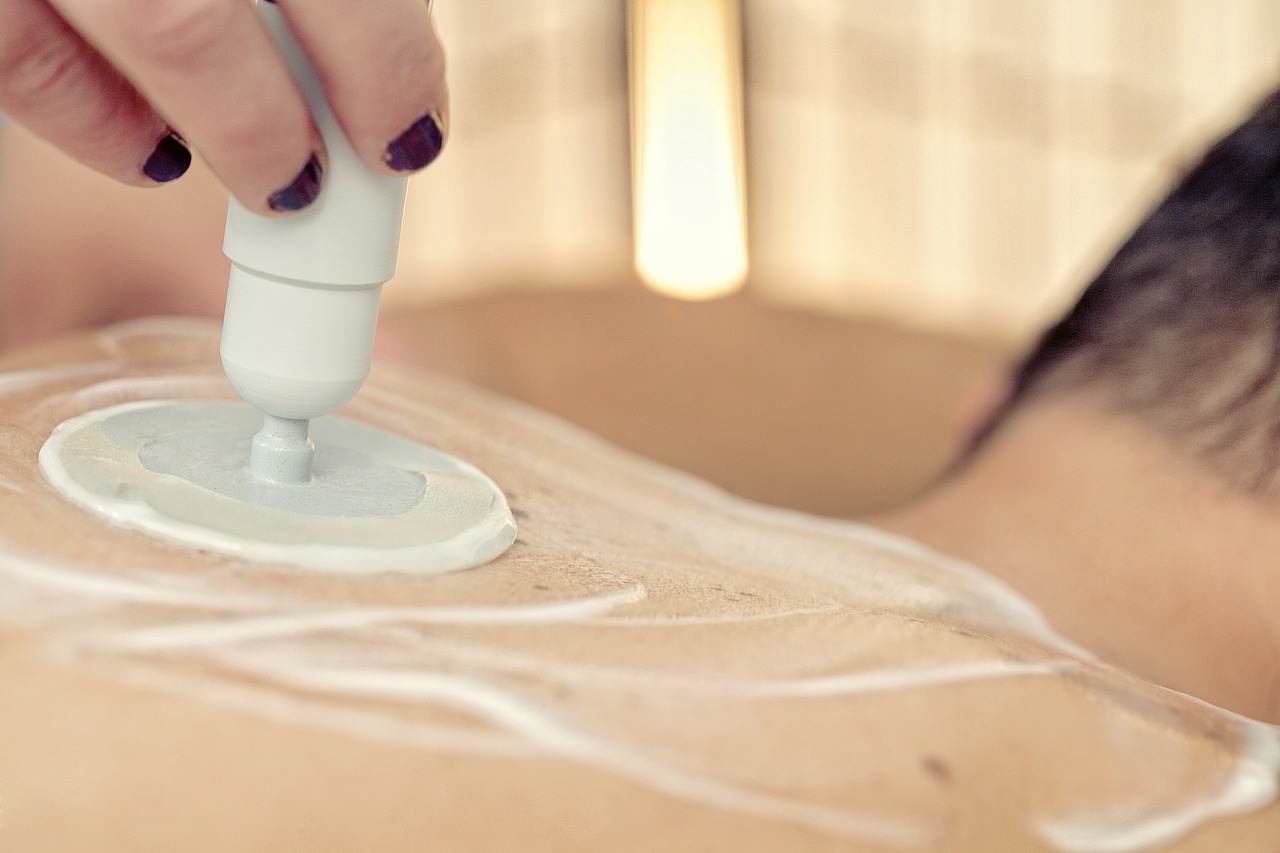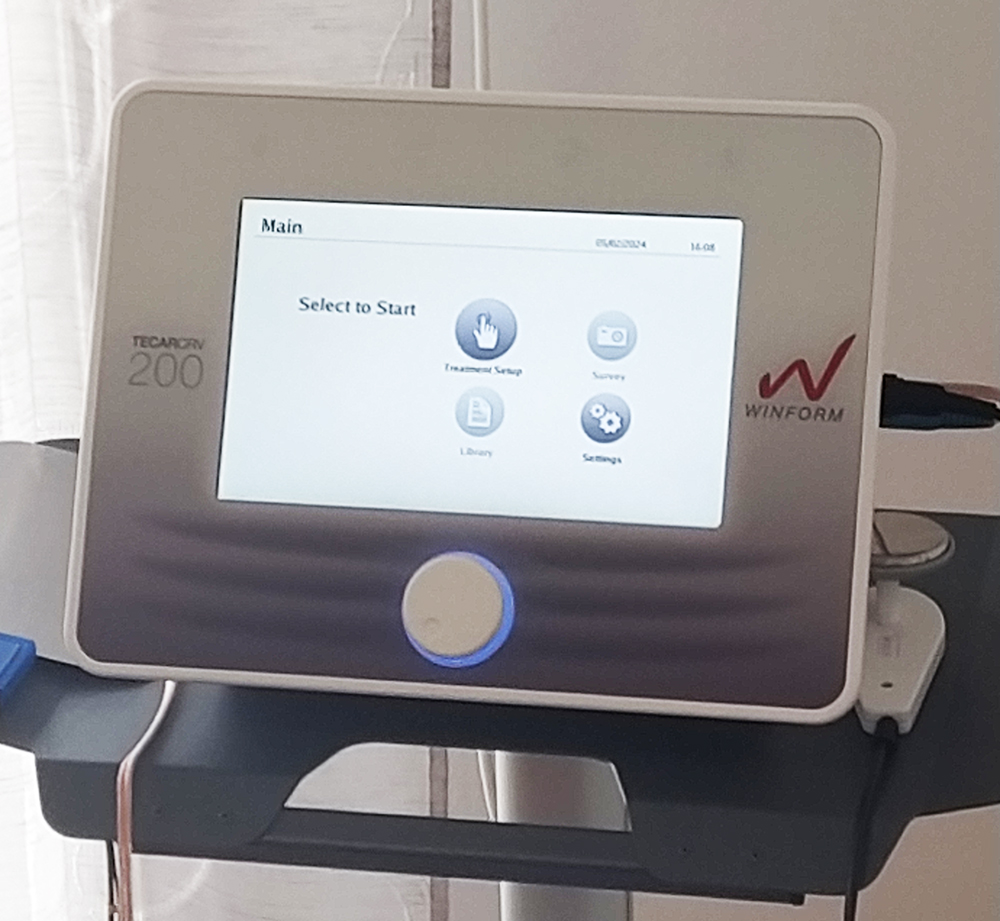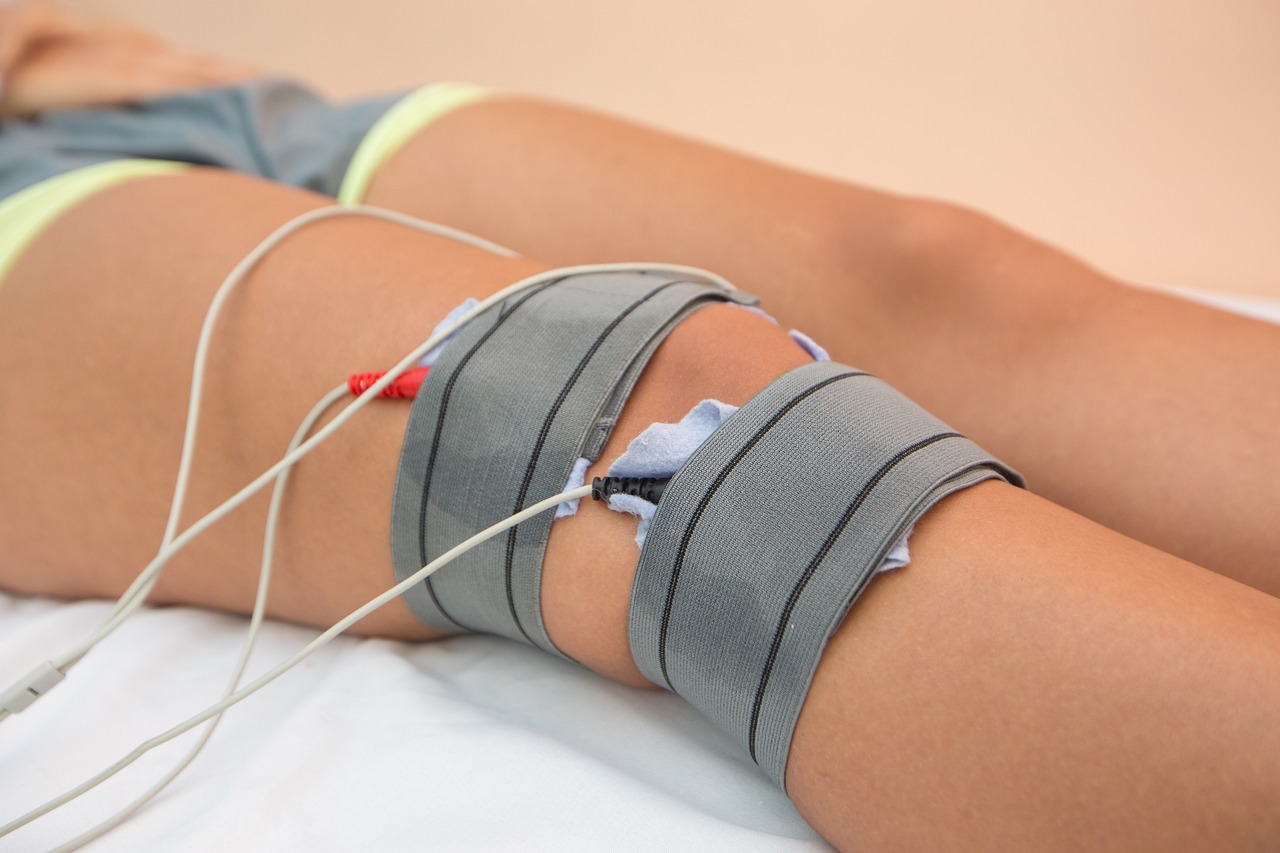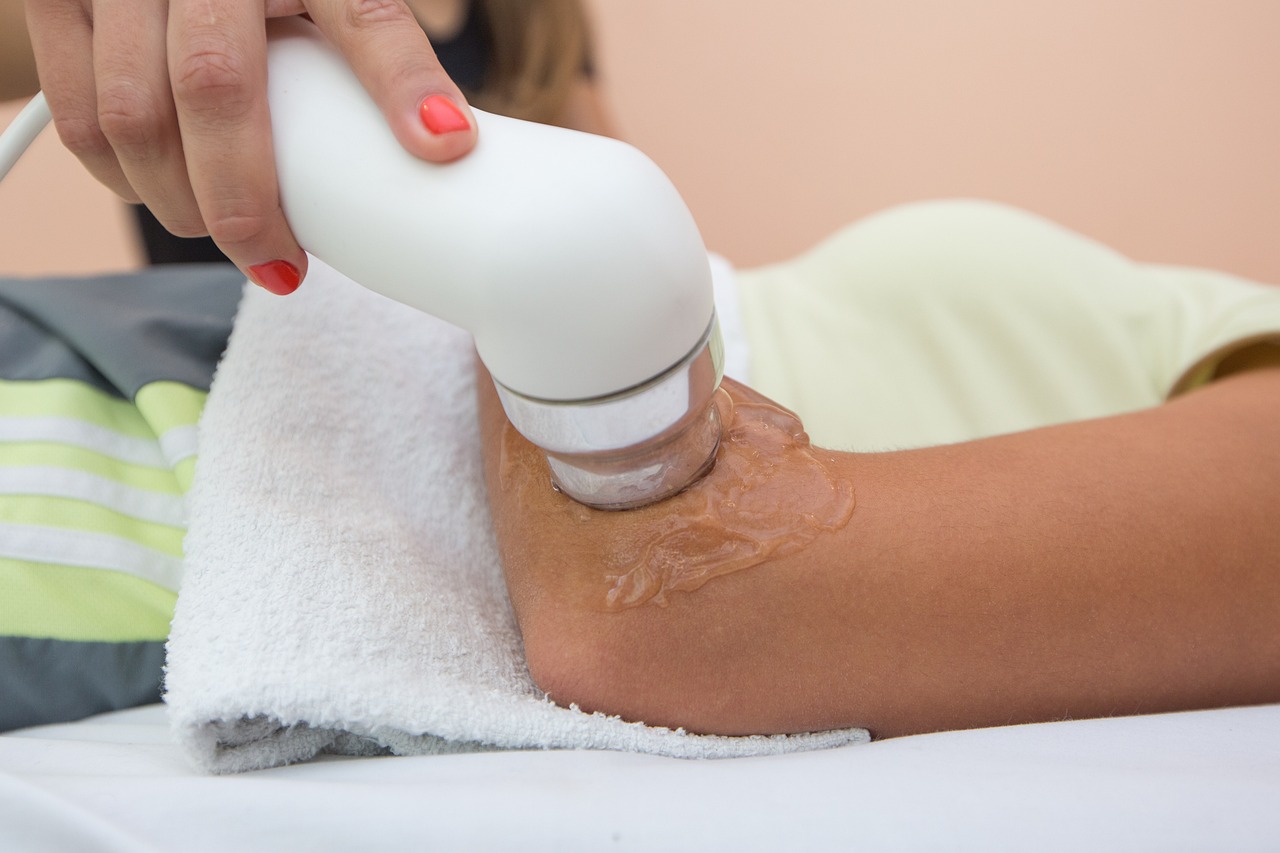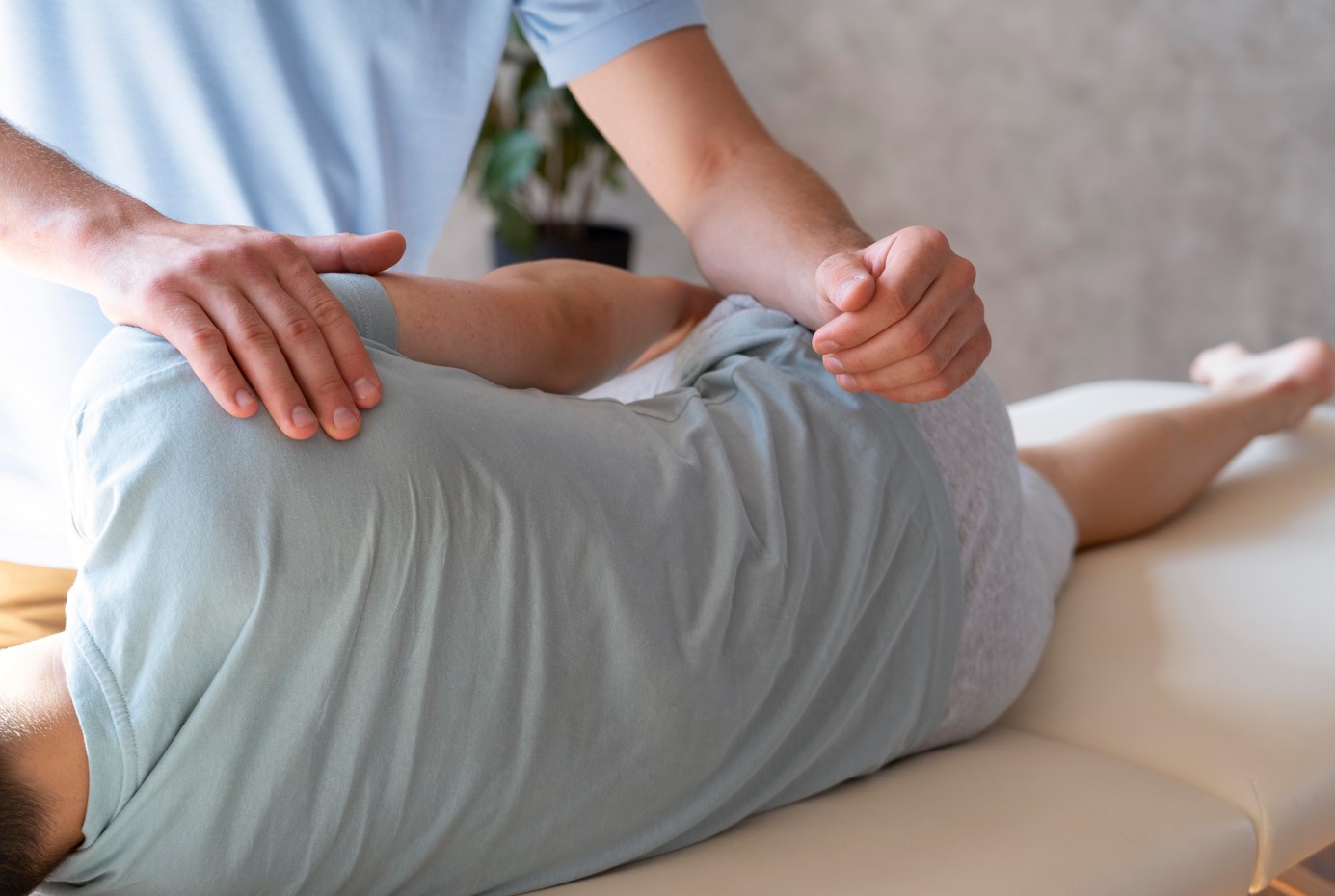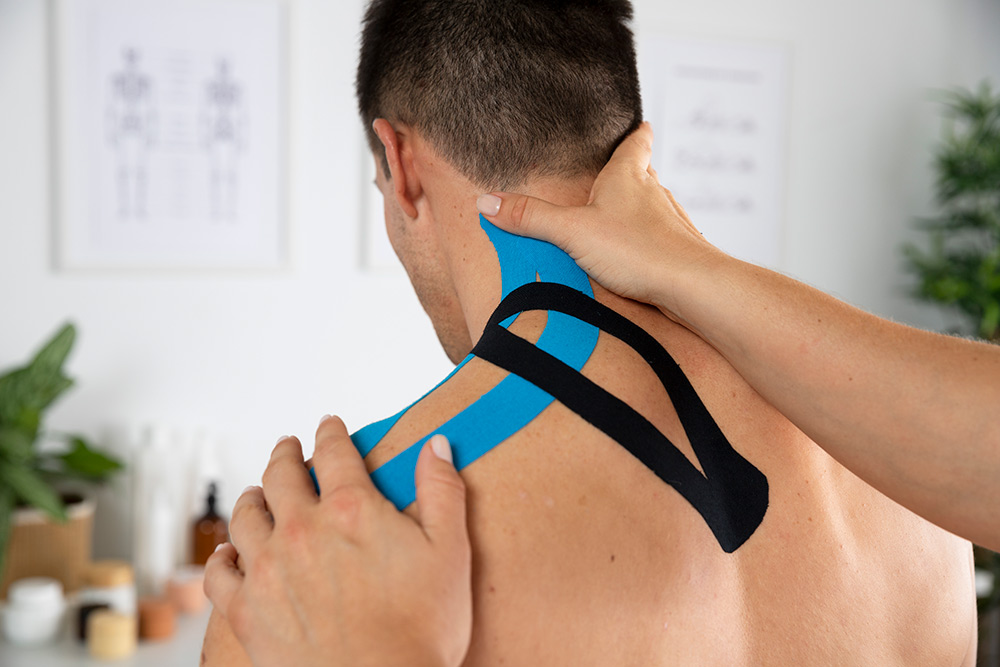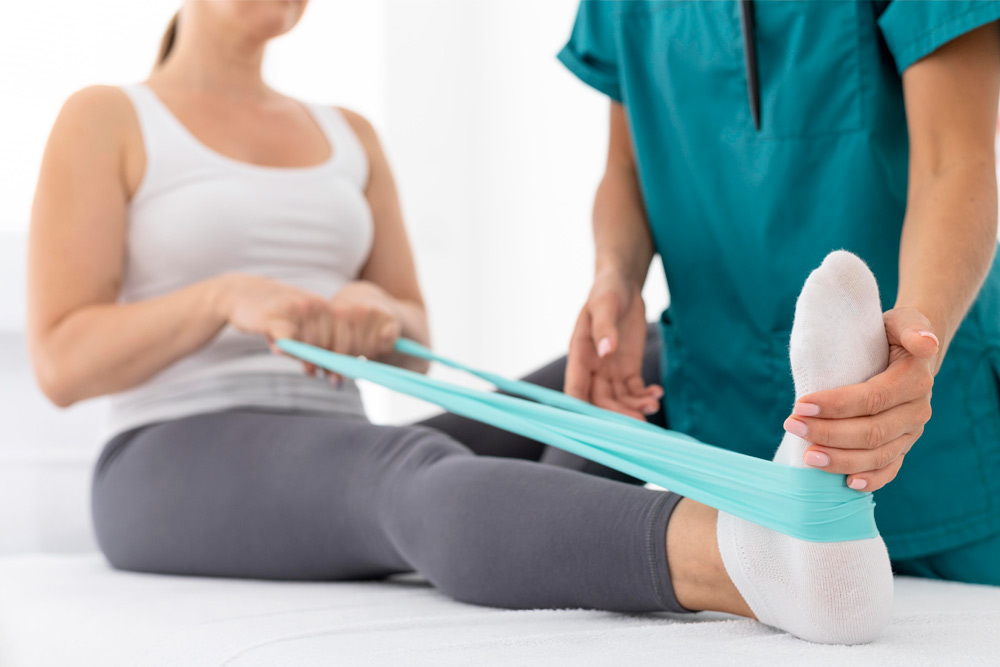Tecar CRV200
The device for radiofrequency treatments Tecar CRV200 is most often used in aesthetic medicine and dermatology and medical cosmetology for non-invasive and painless skin tightening.
The Tecar CRV200 is a safe and effective device for lifting the face and removing wrinkles. The results can be seen several months after the treatment, without the risks associated with operations. Also, the results after the treatment are immediate and last longer than the results obtained with Botox and dermal fillers. Likewise, radiofrequency treatment is very effective on loose skin, not only on the face, but also on the body.
Furthermore, the Tecar CRV200 uses focused radiofrequency energy to act on all layers and sub-layers of the skin. Controlled tissue heating achieves a biostimulating effect, i.e. stimulates the production process of type 2 collagen. The production of said collagen results in tighter, firmer skin with fewer wrinkles. In addition to radiofrequency treatments, with the Tecar CRV200 device, we also perform electroporation, i.e. introduction of phytopharmacy (cosmetic preparations based on phyto) through the skin into the body without a needle.
CRV200 treatments have many aesthetic benefits, including:
- reduction of wrinkles, scars and stretch marks
- tightening of loose skin on the neck and the rest of the body
- cheek, eyebrow and eyebrow lift
- improving jaw definition
- tightening of the neckline
- skin smoothing
Electrotherapy
Electrotherapy or therapeutic currents represent the basis of physical therapy and are often used in combination with other therapeutic modalities. The effect of currents is various, but all except ultra-stimulating currents are used as electroanalgesia, i.e. to reduce pain.
We divide them into:
TENS currents – serve as an electroblocker in acute and painful conditions. Interference currents – have an anti-inflammatory effect and help in the bone healing process. Diadynamic currents – reduce pain and improve tissue vascularization. Galvanization – is used most often for conduction disturbances, either in the upper or lower extremities.
Electrostimulation, i.e. ultrastimulating currents – are indicated for atrophic musculature. We almost always use them in combination with therapeutic exercises and very often in post-operative rehabilitation.
Ultrasound therapy
Therapeutic ultrasound acts as a micromassage and stimulates microcirculation, heats tissues and reduces pain.
Magnetotherapy
Magnetotherapy improves circulation in cells and reduces inflammation. It is indicated for various conditions of the locomotor system, although its uses are numerous in medicine.
Compex electrostimulation
Compex is a modern portable device that uses ultrastimulating currents to stimulate atrophic musculature. We use it in combination with exercises, and most often in acute conditions, in order to preserve and improve muscle strength. It can be used in combination with other modalities, while in postoperative rehabilitation it is used in combination with exercises.
Manual therapy
Manual therapy refers to a wide range of techniques where the therapist uses his hands to reduce muscle tone, improve circulation, increase muscle length, stimulate the healing of ligaments and tendons, and finally adjust the joint(s) with reduced mobility using mobilization or manipulation techniques.
In our center, we mostly use the Kaltenborn Evjenth concept of manual physiotherapy. Some of the procedures of manual physiotherapy are: functional massage, friction massage, stretching or self-stretching of muscles as well as mobilizations and manipulations hypomobile joints. If the joints are hypermobile, i.e. the mobility of the joints is increased, exceeds the physiological limits, then Stabilization training is used. Rehabilitation or stabilization training uses general and specific muscle activation to limit joint mobility within normal physiological values.
Neurodynamics
Neurodynamics belongs to manual therapy techniques. It is used to treat sensory and motor impairment of the peripheral nervous system. Most often, these are conditions such as disc herniation, sciatica or cervicobrachial syndrome. Symptoms of a herniated disc may or may not be limited locally, eg pain in the lower back or cervical spine. However, with neurodynamics, we usually relieve or resolve conditions such as tingling or pain radiating to the arm or leg. Procedures include opener and closer techniques as well as nerve sliding techniques.
Emmett therapy
Emmett therapy belongs to the complementary techniques of working on the body. The basis of this technique is work on Emmett points, which do not correlate with acupressure or trigger points. The technique is used to increase mobility, normalize muscle tone, reduce pain, as well as in psychosomatic conditions to reduce anxiety. The technique can be used alone or in combination with other manual techniques.
Kinesio taping
Kinesio taping is the application of elastic kinesiology tapes to the muscles. It can be used to inhibit or facilitate muscles. It is also possible to apply strips in a way that reduces swelling. Taping is used in both acute and chronic conditions. It is most often used to reduce pain. It can also be used to stabilize joints in combination with stabilization training.
Kinesitherapy
Kinesitherapy is movement treatment. For this purpose, therapeutic exercises are used. It is necessary to train the patient as soon as possible to perform an active movement either with his own body weight or with external resistance. As external resistance, we use pilates balls, elastic bands, dumbbells, kettlebells and suspension bands.
Postoperative rehabilitation
The basis of postoperative rehabilitation is therapeutic exercises, which in the first phase are combined with electrostimulation of muscles. The task of the therapist is to help the patient master walking, as well as other activities of daily life. Other goals are pain and swelling control and muscle strengthening

